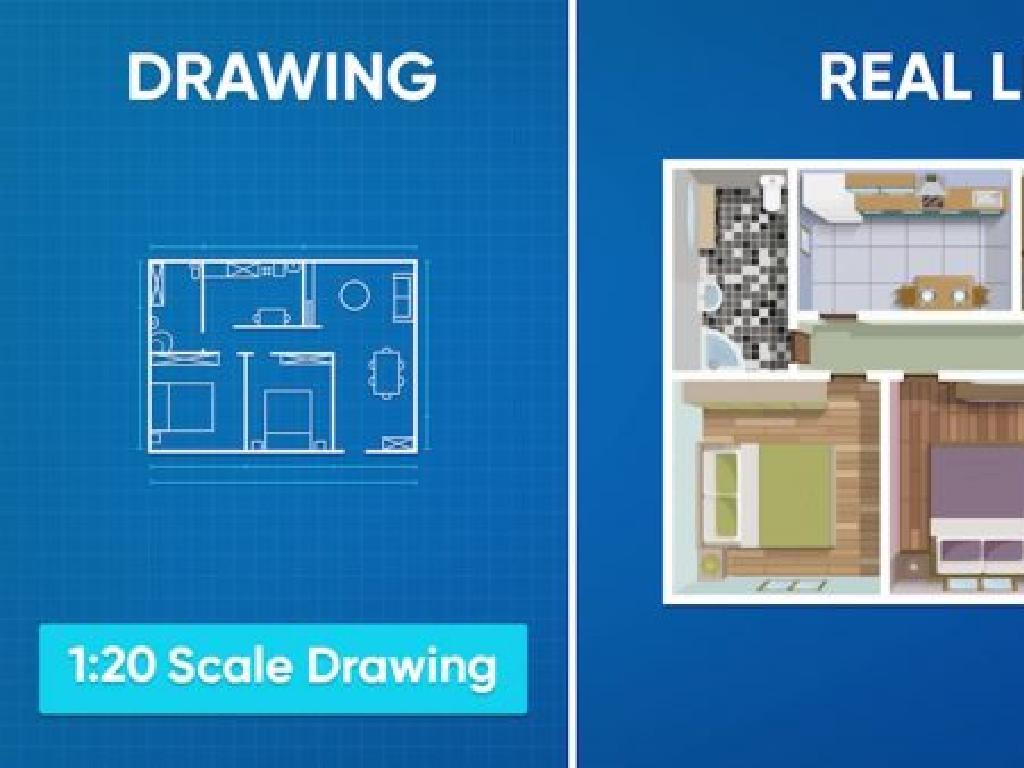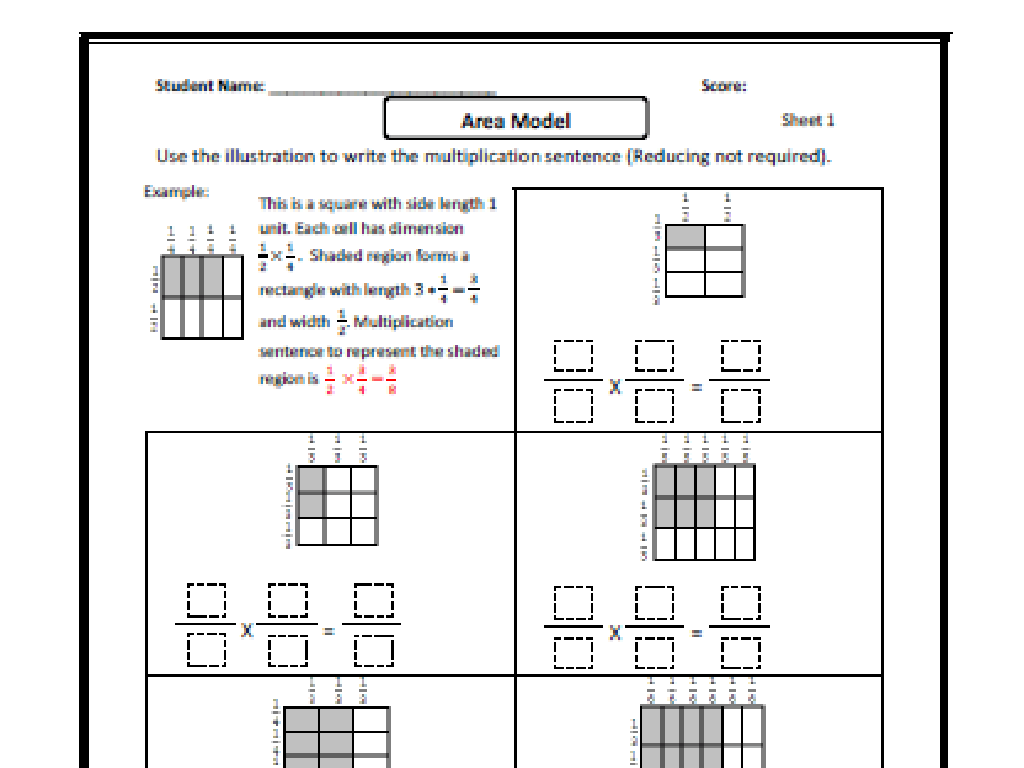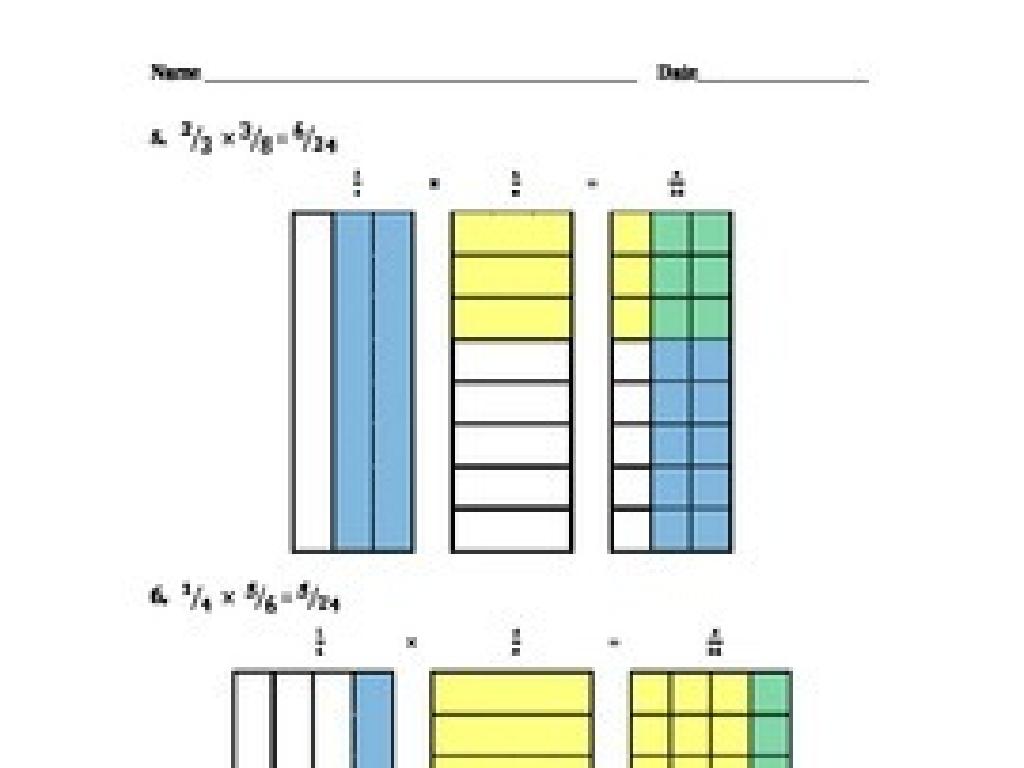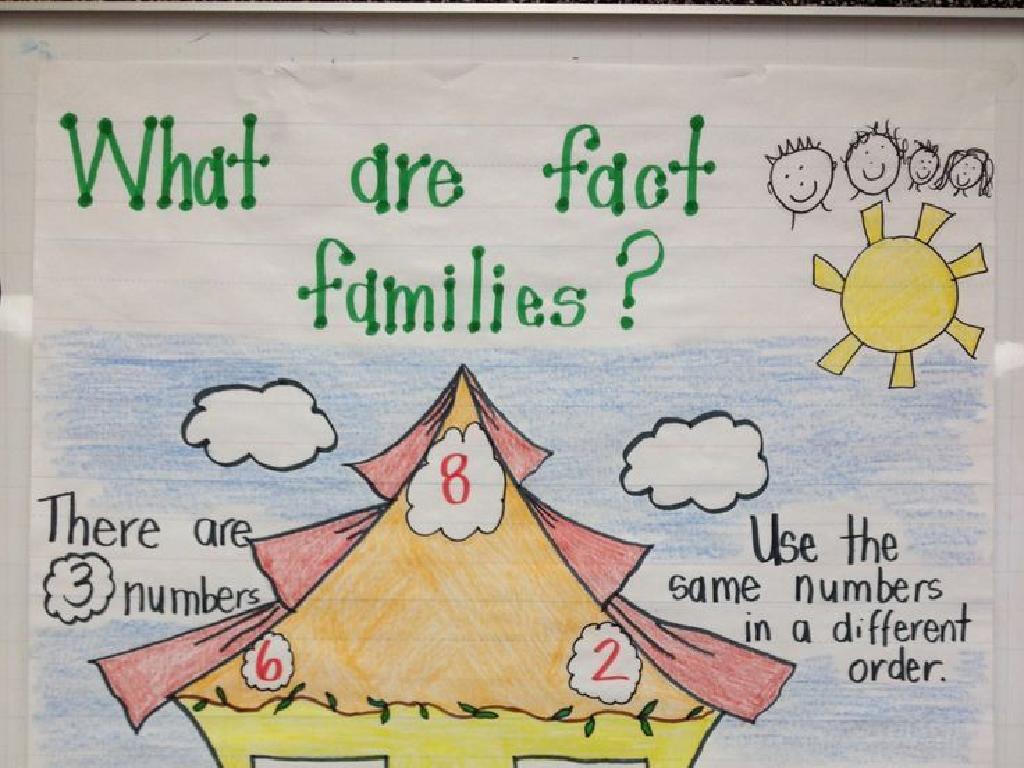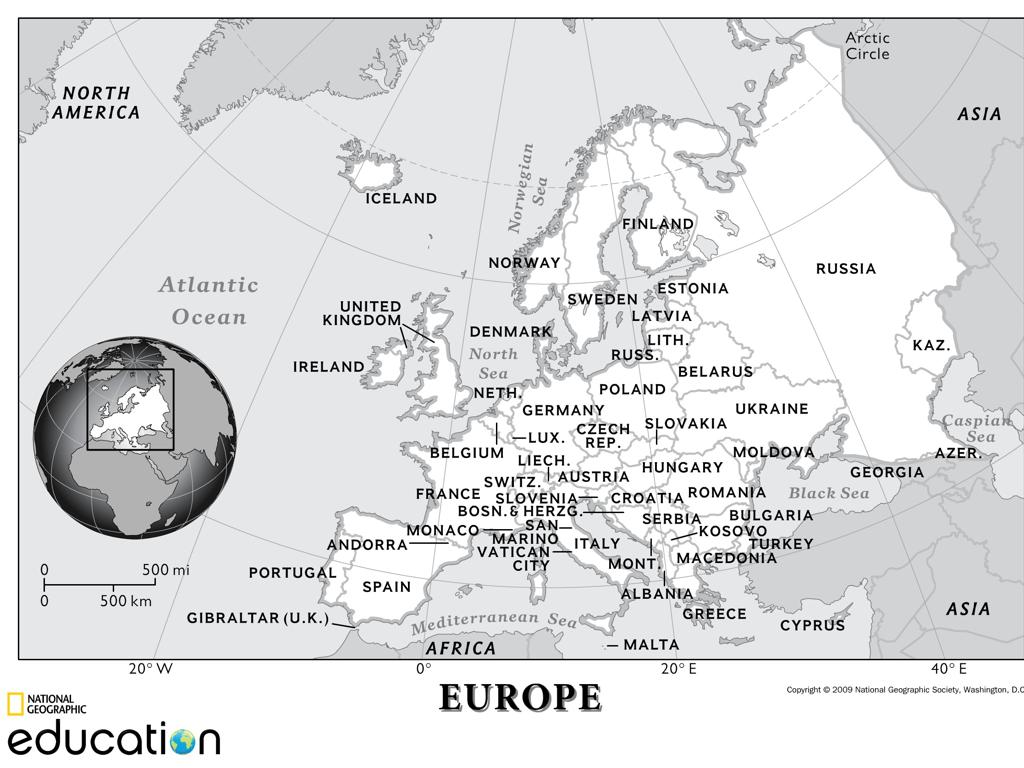Compare And Convert Metric Units Of Volume
Subject: Math
Grade: Fourth grade
Topic: Metric Units Of Measurement
Please LOG IN to download the presentation. Access is available to registered users only.
View More Content
Exploring Volume with Metric Measurements
– What is volume?
– Volume is the amount of space an object takes up.
– Metric units for volume
– Common units: milliliters (mL), liters (L), and cubic centimeters (cm³).
– Why measure volume?
– It’s essential for cooking, science experiments, and more!
– Converting metric volumes
– Use multiplication or division to convert between units, like mL to L.
|
This slide introduces the concept of volume and its importance in everyday life. Start by explaining that volume measures how much space an object occupies, using examples like a water bottle or a milk carton. Discuss the metric units of volume, emphasizing milliliters and liters, and how they are used in various contexts, such as in recipes or in science class. Highlight the importance of measuring volume accurately for tasks like cooking or conducting experiments. Finally, demonstrate how to convert between different metric units of volume, using simple multiplication or division, and provide examples for the students to try.
Understanding Volume in Metric Units
– Volume: space an object occupies
– Measuring volume in liters and milliliters
– 1 liter (L) is 1000 milliliters (mL)
– Common objects and their volumes
– A water bottle may hold 500 mL, while a milk carton has 1 L
– Converting between liters and milliliters
– To convert, multiply or divide by 1000
|
This slide introduces the concept of volume and its measurement in the metric system, which is a key part of the fourth-grade math curriculum. Volume is the amount of three-dimensional space occupied by an object and is commonly measured in liters and milliliters. Use everyday objects to help students relate to the concept, such as a water bottle (typically 500 mL) or a milk carton (about 1 L). Teach students the basic conversion between liters and milliliters, emphasizing that there are 1000 milliliters in a liter. Provide examples of how to convert from liters to milliliters (multiply by 1000) and vice versa (divide by 1000). Encourage students to bring examples of items with volume labels to class for discussion.
Metric Units for Volume: Liters and Milliliters
– Two main units: Liters (L) and Milliliters (mL)
– 1 liter equals 1,000 milliliters
– Visualizing a liter and a milliliter
– Think of a liter as a big soda bottle and a milliliter as a teaspoon of water
– Practice converting between L and mL
– If you have 2 liters, how many milliliters is that?
|
This slide introduces students to the basic metric units of volume, liters and milliliters, which are crucial in everyday measurements. Emphasize that 1 liter is the same as 1,000 milliliters, and help students visualize the quantities by comparing them to familiar objects. For example, a liter could be represented by a large soda bottle, while a milliliter could be compared to a small spoonful of water. Encourage students to think about how many milliliters are in common household containers that are labeled in liters. To reinforce learning, engage the class in conversion exercises, such as determining the number of milliliters in multiple liters, to solidify their understanding of the relationship between liters and milliliters.
Converting Metric Units of Volume
– Convert liters to milliliters
– 1 liter (L) is equal to 1,000 milliliters (mL)
– Multiply for smaller units
– To get mL from L, multiply by 1,000
– Divide for larger units
– To get L from mL, divide by 1,000
– Practice with examples
– Let’s try converting 3 L to mL and 4,500 mL to L
|
This slide is aimed at teaching fourth graders how to convert between liters and milliliters. Start by explaining that the metric system is based on units of ten, making conversions straightforward. Emphasize that to convert a larger unit to a smaller unit, they multiply, and to convert a smaller unit to a larger unit, they divide. Provide clear examples, such as converting 3 liters to milliliters by multiplying 3 by 1,000 to get 3,000 milliliters, and converting 4,500 milliliters to liters by dividing 4,500 by 1,000 to get 4.5 liters. Encourage students to practice with additional examples and ensure they understand the concept of multiplication and division by 1,000.
Real-life Examples: Metric Volumes
– Compare everyday item volumes
– Compare a water bottle (1L) to a soda can (330mL)
– Estimate and measure volumes
– Use a measuring cup to find the volume of a juice box
– Practice: 1L vs 750mL
– Which is greater, a liter of milk or a 750mL bottle of juice?
|
This slide aims to help students understand metric units of volume through tangible examples. Start by discussing common items and their volumes, such as a water bottle and a soda can. Encourage students to estimate volumes of items they use daily, like a juice box, and then measure to check their estimates. The practice question reinforces the concept of comparing different volumes and introduces the idea of conversion between liters and milliliters. During the class, have students bring in examples of containers and measure their volumes to further solidify their understanding. This hands-on approach makes the abstract concept of volume more concrete and relatable.
Let’s Practice Together: Volume Conversion
– Interactive conversion examples
– We’ll convert volumes together using fun examples.
– Group activity: Matching volumes
– Match volume amounts to everyday objects in groups.
– Individual worksheet practice
– Convert volumes on a worksheet for individual practice.
– Understanding metric volume units
|
This slide is designed to engage students in hands-on activities to better understand metric units of volume. Start with interactive examples where students convert volumes between different metric units (e.g., milliliters to liters) using real-life scenarios. For the group activity, provide various objects and their volumes so students can work together to match them correctly. The individual worksheet should have a range of conversion problems to reinforce the concept. Ensure to explain that metric units of volume include milliliters (mL), centiliters (cL), deciliters (dL), and liters (L), and that 1000 milliliters make up 1 liter. The activities should cater to different learning styles and promote collaboration and independent problem-solving skills.
Class Activity: Volume Scavenger Hunt
– Find classroom items to measure
– Record each item’s volume
– Convert volumes to new units
– Use milliliters, liters, and cubic centimeters
– Discuss findings with the class
|
This interactive activity encourages students to explore the concept of volume in a hands-on way. Provide students with measuring tools like graduated cylinders or rulers for rectangular objects to find the volume in cubic centimeters. Then, guide them to convert these measurements into milliliters and liters, reinforcing the relationship between different metric units of volume. Have students work in pairs or small groups to foster collaboration. After the scavenger hunt, facilitate a class discussion where students share their findings and reflect on the process of measuring and converting volumes. Possible variations of the activity could include estimating volumes before measuring, comparing volumes of similar objects, or finding objects that hold a specific volume.
Conclusion: Understanding Volume Measurement
– Importance of volume measurement
– Measuring volume helps in cooking, science, and more.
– Review of metric volume units
– Liters (L), milliliters (mL), and cubic centimeters (cm³) are common units.
– Practice leads to mastery
– Keep exploring volumes!
– Try measuring objects at home or in class.
|
As we wrap up, it’s crucial for students to understand that measuring and comparing volume is a skill used in everyday life, such as in cooking recipes or figuring out how much water to put in a fish tank. A quick recap of the metric units for volume, including liters, milliliters, and cubic centimeters, will help solidify their understanding. Emphasize the importance of practice in mastering these concepts. Encourage students to measure volumes of containers at home or in the classroom to see these units in action. This hands-on experience will help them relate the abstract concept of volume to tangible objects in their environment.
Homework: Exploring Volume Conversion
– Complete the worksheet provided
– Measure volume of 3 home items
– Use a measuring cup or a ruler
– Convert their volume units
– Change milliliters to liters or vice versa
– Share your findings in class
|
This homework assignment is designed to reinforce the day’s lesson on metric units of volume. Students are provided with a worksheet to practice converting between different units, such as milliliters (mL) and liters (L). They are also tasked with finding three items at home, measuring their volume, and then converting these measurements into different metric units. This practical activity helps students understand the concept of volume and its measurement in a real-world context. In the next class, students will have the opportunity to discuss their findings, which will help them to verbalize their understanding and learn from each other’s experiences. Encourage students to be creative in their choice of items and to double-check their measurements and conversions before sharing.

